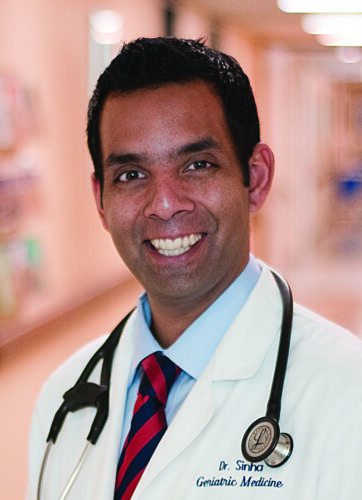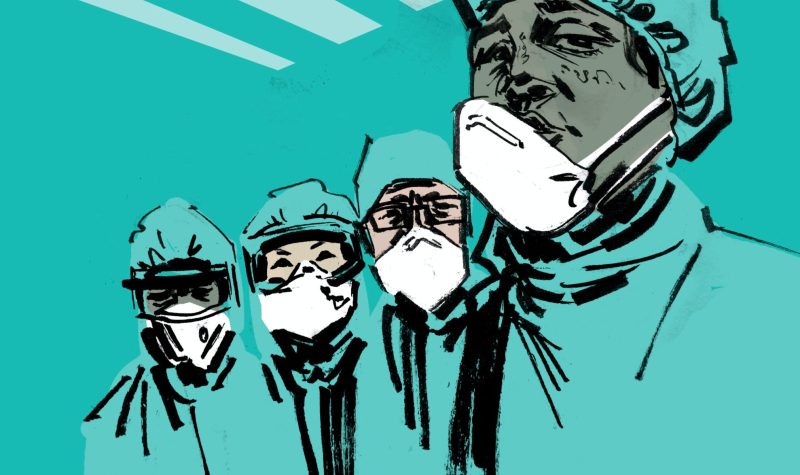Dr. Sinha speaks to CJRU about the consequences that an underfunded long term care (LTC) system has on resident care, facilities as well as staffing. The pandemic has shone a light on the shortcomings of Canada’s LTC system and he explains how we got here. Dr. Sinha explains how Canada differs from other countries in how much money is spent on LTC, and how the existing funds are distributed.
Dr. Samir Sinha is the Director of Health Policy Research and Co-Chair of the National Institute on Ageing (NIA) which is a Ryerson University think tank focused on the realities of Canada’s ageing population. The NIA is dedicated to policy solutions for an ageing population and they work at the intersections of healthcare, financial security, and social well-being.

Photo courtesy of National institute on Ageing
“Many homes across the country that you’re seeing these spectacular [COVID-19] outbreaks happening in, they’re homes that are in desperate need of redevelopment. But when you underfund the system, there isn’t really much funding when you want to redevelop these spaces” he explains.
Now that Canadians are demanding more from their provincial governments, such as residents receiving four hours of direct daily care, Dr. Sinha explains that the system can’t meet those standards without fundamentally changing how long term care is approached in Canada. When it comes to long term care staff, he says the system needs wage parity and protection especially as we enter the second wave of the pandemic.
“When you’re not treating your workers well, you basically get the system that you pay for. Right now, we’re doing a huge disservice to the residents and families that count on the system and we’re doing a huge disservice to the staff who are dedicated and working in these systems. Right now if we don’t support them, we’re setting up the whole system to fail,” he says.
To learn more about the National institute on Ageing, visit their website or follow them on Twitter.
To hear more about the history of Canada’s long term care system, realities of working in publicly-funded homes, and how Dr. Sinha wants the government to move forward, listen to the interview below.


